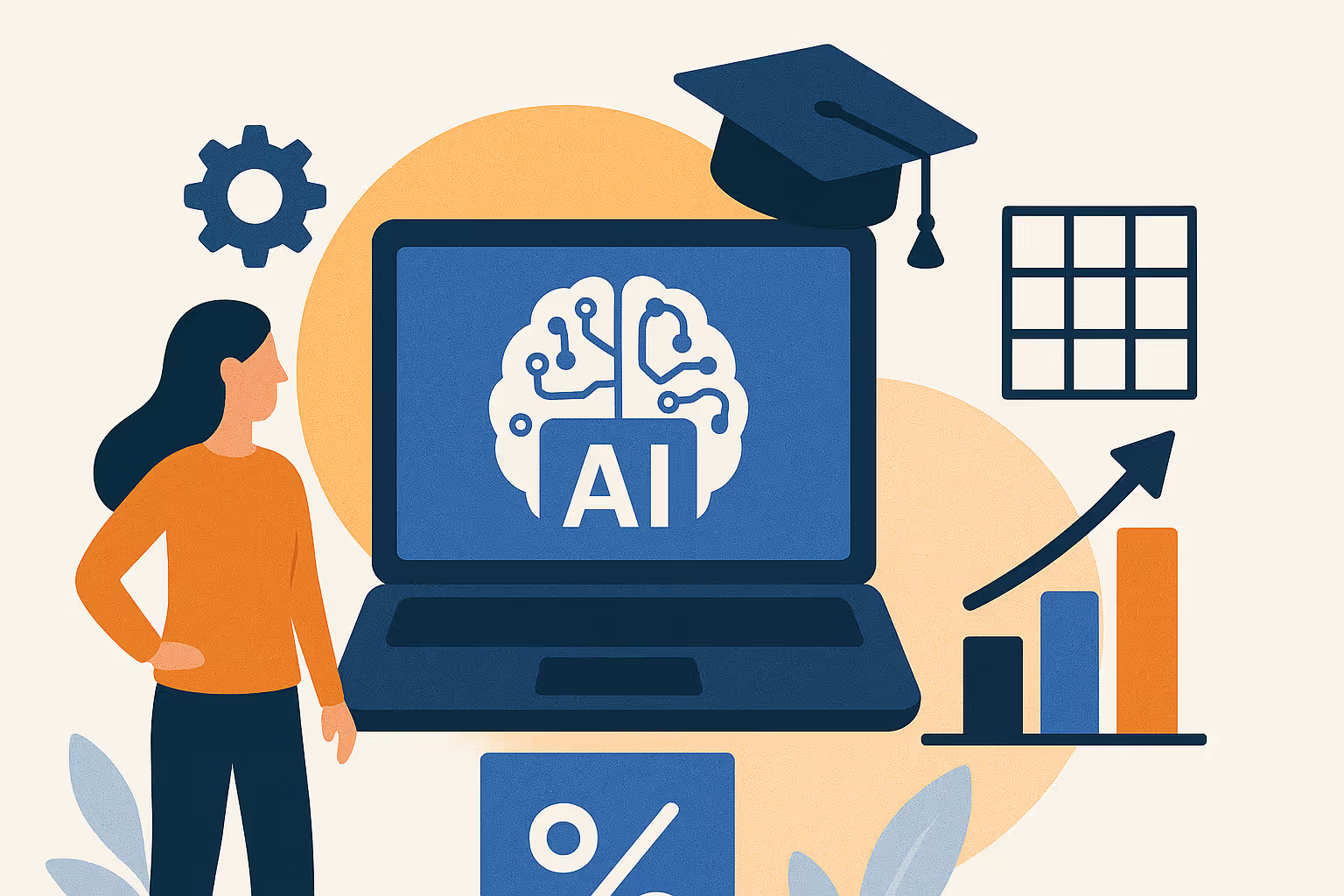About the Blog
Customer service in higher education refers to the support, communication, and overall experience institutions provide to students, from admissions to alumni relations. A strong customer service approach fosters trust, satisfaction, and engagement, directly impacting an institution’s reputation and student retention. In this blog, we’ll explore strategies and best practices to enhance customer service in higher ed, ultimately improving student experiences and institutional success.
Why Customer Service Matters in Higher Education
Customer service plays a critical role in shaping the student experience, directly influencing satisfaction, engagement, and overall loyalty to an institution. Positive interactions—whether during admissions, academic advising, or financial aid inquiries—help students feel supported and valued, fostering a sense of belonging. Institutions that prioritize excellent customer service see higher retention rates, as students who receive timely, helpful, and empathetic support are more likely to persist in their education rather than transfer or drop out.
Key Strategies for Enhancing Student Experience
To improve the student experience, higher education institutions must adopt a service-first mindset, ensuring every interaction is seamless, supportive, and engaging. Key strategies include personalized communication, omni-channel support, and timely responses, all of which help build trust and reduce student frustration. Additionally, proactive outreach and well-trained staff create a more responsive and student-centered environment, ultimately leading to higher satisfaction and retention rates.
Personalized Communication
Students expect a tailored experience that acknowledges their unique needs, goals, and challenges. By addressing students by name, remembering past interactions, and providing relevant information based on their program of study, institutions can create a more personalized and engaging experience. This level of attention helps students feel seen and understood, leading to stronger relationships and increased institutional loyalty.
Omni-Channel Support
Modern students communicate across multiple platforms, from email and phone to live chat, social media, and in-person meetings. Offering seamless support across these channels ensures students can reach out in the way that’s most convenient for them. A consistent and responsive presence across platforms not only improves accessibility but also reinforces an institution’s commitment to student success.
Timely Responses
Quick and efficient responses to student inquiries are essential for maintaining trust and satisfaction. Long wait times or unanswered emails can lead to frustration, disengagement, and even attrition. By prioritizing timely communication—whether through admissions, advising, or financial aid offices—institutions can enhance the student experience and demonstrate a commitment to their needs.
Proactive Outreach
Rather than waiting for students to seek help, institutions can improve service by proactively reaching out with reminders, check-ins, and helpful resources. Proactive communication—such as nudging students about upcoming deadlines or offering support before challenges arise—helps prevent issues from escalating. This approach fosters a supportive campus environment and reassures students that their institution is invested in their success.
Training Staff
Frontline staff play a crucial role in shaping student experiences, making effective training a necessity. Employees should be equipped with strong communication skills, empathy, and problem-solving abilities to handle student concerns with professionalism and care. Well-trained staff members can provide accurate information, de-escalate issues, and create positive, lasting impressions that strengthen student satisfaction and retention.
Leveraging Technology to Improve Customer Service
Technology can enhance customer service by providing fast, efficient, and 24/7 support. AI chatbots, automated responses, and student portals streamline common processes, such as answering FAQs, tracking inquiries, and managing appointments. By leveraging these tools, institutions free up staff to focus on more complex student needs, improving both efficiency and the overall student experience.
Benefits of Exceptional Customer Service in Higher Ed
Providing outstanding customer service in higher education leads to higher student satisfaction, which directly impacts retention rates, enrollment growth, and overall institutional success.
When students receive timely, helpful, and personalized support, they are more likely to remain at their institution rather than transfer or drop out. Additionally, satisfied students become strong advocates, sharing positive experiences with peers, family, and prospective students—ultimately enhancing word-of-mouth marketing and boosting enrollment.
Beyond retention, exceptional customer service fosters student engagement by creating a supportive environment where students feel valued. Engaged students are more likely to participate in extracurricular activities, connect with faculty and peers, and take full advantage of campus resources. This sense of belonging and involvement contributes to academic success, as students who feel supported are more motivated to excel in their studies.
An institution’s reputation is also strengthened by outstanding customer service. Prospective students, faculty, and staff take note of how an institution treats its current students, and positive experiences can set a school apart in a competitive landscape.
By prioritizing service excellence, higher ed institutions can position themselves as student-centered organizations, attracting top talent and reinforcing their brand as a leader in student success.
Challenges in Providing Excellent Customer Service in Higher Ed
Despite its importance, delivering top-tier customer service in higher education comes with significant challenges.
Limited resources, budget constraints, and high student-to-staff ratios can make it difficult to provide timely and personalized support. Many institutions struggle to scale their services efficiently, leading to long response times and student frustration, especially during peak periods like enrollment and financial aid deadlines.
Another challenge is the diversity of student needs, which requires institutions to offer flexible and accessible support. Non-traditional students, international students, and those with varying levels of technological access may require different types of assistance. Language barriers, complex financial aid processes, and conflicting schedules can all contribute to difficulties in providing consistent and equitable service.
The decentralized nature of many higher education institutions can lead to service inefficiencies. Students often interact with multiple departments—admissions, advising, financial aid, and housing—without a seamless way to navigate these services.
A lack of coordination between departments can result in miscommunication, delays, and frustration, making it essential for institutions to create more integrated and student-friendly service models.
By implementing personalized communication, timely responses, omnichannel support, and proactive outreach, institutions can create a more supportive and seamless environment. Strong customer service leads to higher retention rates, increased enrollment, and a stronger institutional reputation, as satisfied students are more likely to succeed academically and advocate for their school. Prioritizing customer service ultimately strengthens student success and institutional competitiveness in the evolving higher education landscape.
Frequently Asked Questions
Can AI assistants and automation fully replace human customer service in higher education?
No, AI assistants and automation can enhance efficiency by handling routine inquiries, but human interaction is essential for complex issues, personalized support, and building meaningful student relationships.
What is the impact of poor customer service on student retention and enrollment?
Poor customer service leads to frustration, disengagement, and higher dropout rates, ultimately decreasing student retention and making the institution less attractive to prospective students.










